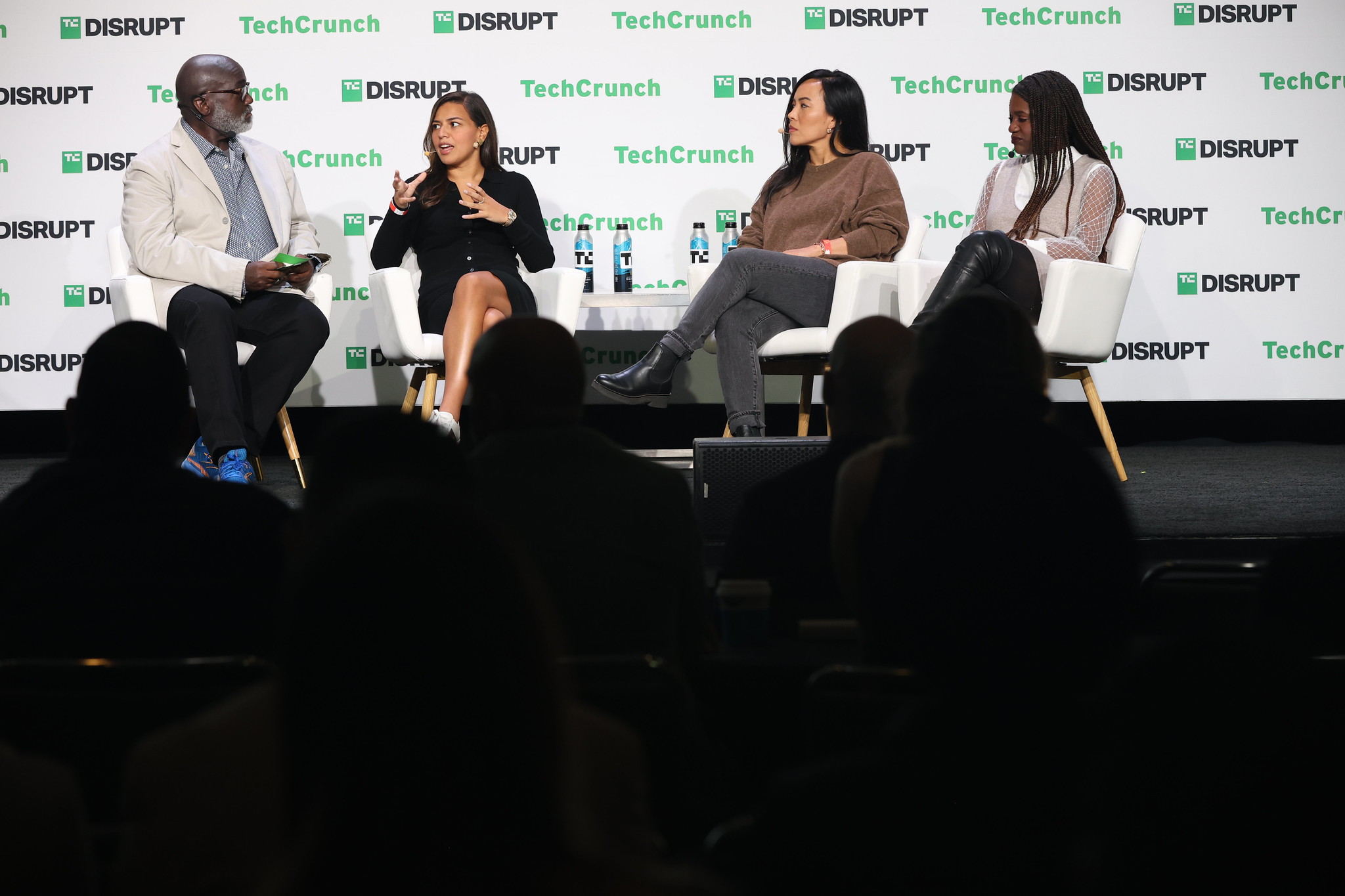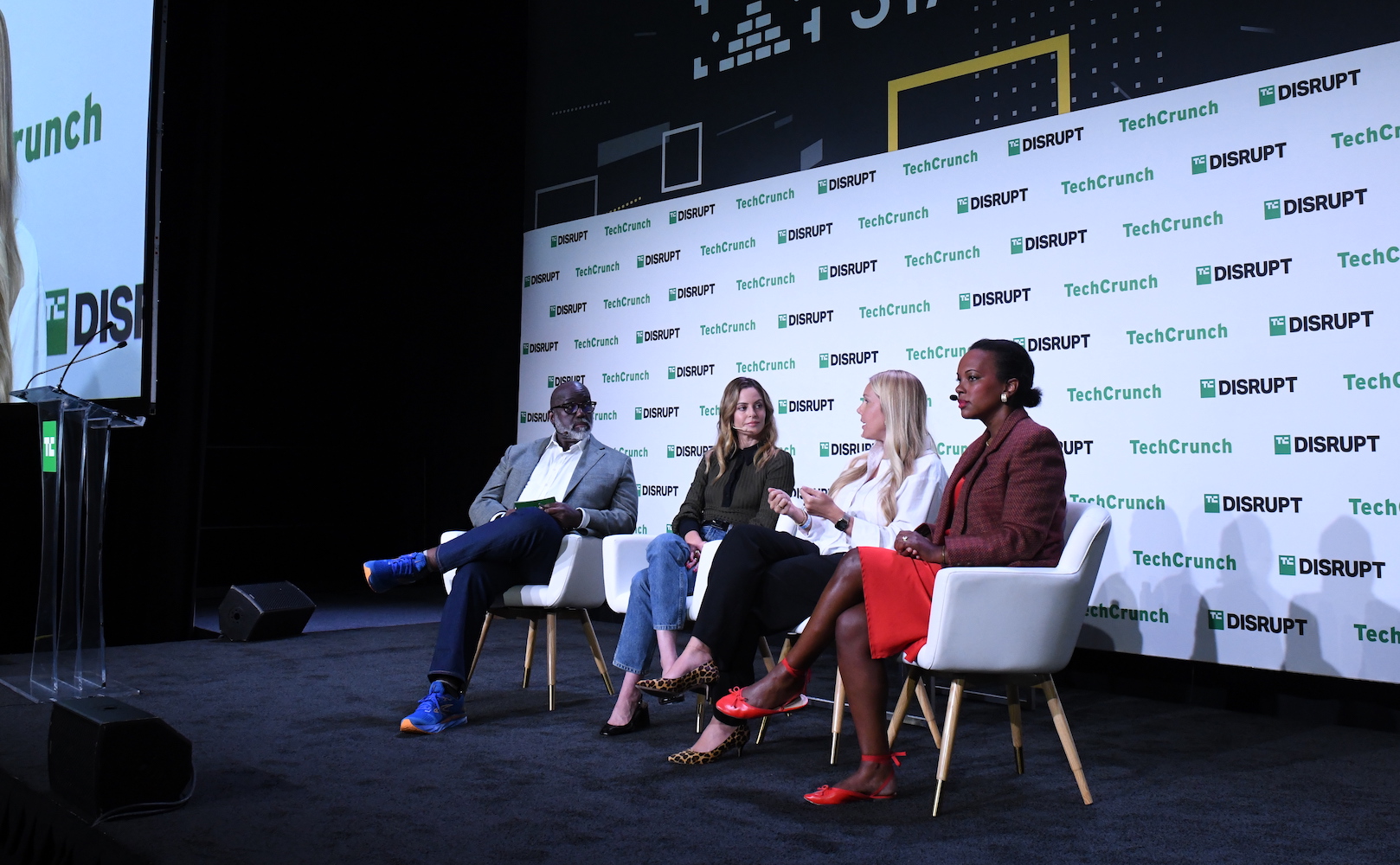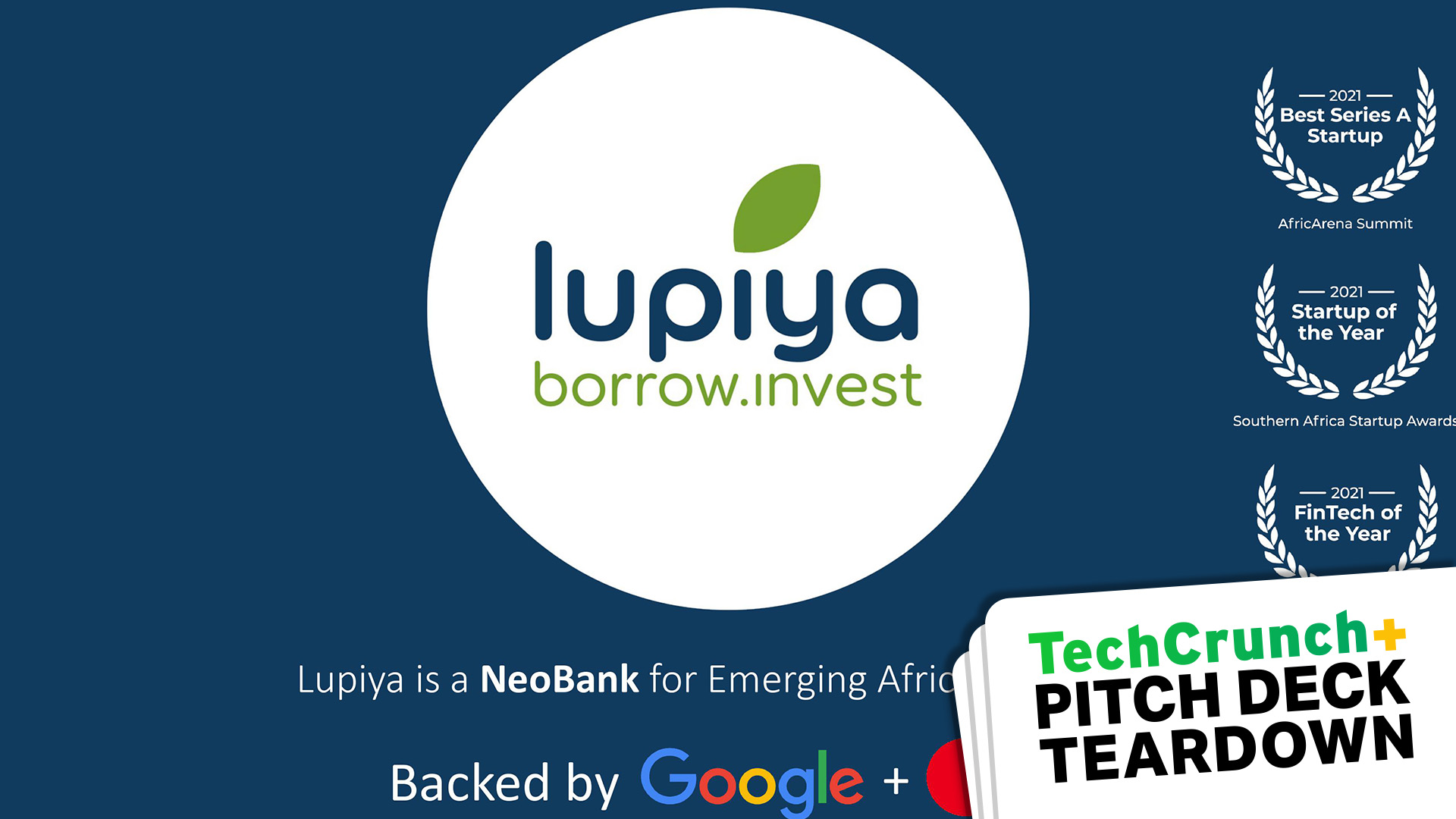Follow-on financing is harder to raise these days, which means founders must watch their spending like hawks while keeping the peace with their investors like sweet, cooing doves.
Which proofs are investors looking for before they’ll commit to additional funding, what’s an acceptable burn rate, and how much runway do you need before raising more?
At TechCrunch Disrupt, I spoke to three early-stage VCs to get their unfiltered advice for founders who are trying to keep the lights on long enough to reach product-market fit:
Full TechCrunch+ articles are only available to members.
Use discount code TCPLUSROUNDUP to save 20% off a one- or two-year subscription.
- Anamitra Banerji, managing partner and founder, Afore Capital
- Frédérique Dame, general partner, Google Ventures
- Rick Yang, partner and head of technology, NEA
TL;DR — If you haven’t found traction with customers and aren’t generating revenue, you should be in fundraising mode already.
Thanks very much for reading TC+, and be well.
Walter Thompson
Editorial Manager, TechCrunch+
@yourprotagonist
10 investors talk about the future of AI and what lies beyond the ChatGPT hype

Image Credits: Barks_japan / Getty Images
Generative AI is the dynamo revving up tech’s latest hype cycle, so Anna Heim launched a three-part investor survey exploring “the various parts of the AI puzzle, where startups have the highest chance of winning, and where open source might overtake closed source.”
Here’s who participated in part one:
- Manish Singhal, founding partner, pi Ventures
- Rudina Seseri, founder and managing partner, Glasswing Ventures
- Lily Lyman, Chris Gardner, Richard Dulude and Brian Devaney of Underscore VC
- Karin Klein, founding partner, Bloomberg Beta
- Xavier Lazarus, partner, Elaia
- Dr. Andre Retterath, partner, Earlybird Venture Capital
- Matt Cohen, managing partner, Ripple Ventures
How founders should approach TAM when venture capital is scarce

Image Credits: Eric Slomonson The Photo Group (opens in a new window) / Flickr (opens in a new window) under a CC BY 2.0 (opens in a new window) license.
We’re definitely in a down market, but for entrepreneurs who are eager to build and scale, venture capital is always scarce.
At TechCrunch Disrupt, I spoke with three investors to hear how they’re advising founders (especially first-timers) on how to calculate total addressable market, how it differs by sector, and how the TAM slide often reveals whether a founder is even ready to start raising capital:
- Jomayra Herrera, partner, Reach Capital
- Helen Min, co-founder and managing partner, Phenomenal Ventures
- Monique Woodard, founder and managing director, Cake Ventures
Was FTX an empire ‘built on lies’ or a startup that ‘grew too quickly’?

Image Credits: Bryce Durbin / TechCrunch
Until today, I had no idea that “FTX” stood for “futures exchange.”
That’s how much I’m learning from the TC+ team’s coverage of Sam Bankman-Fried’s fraud trial in NYC, where one of our reporters waited in the rain outside the courthouse this morning to nab a prime spot.
If you’re curious about the opening statements by the prosecution and defense, this summary by Rebecca Bellan and Jacquelyn Melinek will bring you up to speed.
3 VCs weigh in on when to follow the hype cycle — and when to ignore it

Image Credits: Mark Reinertson The Photo Group (opens in a new window) / Flickr (opens in a new window) under a CC BY 2.0 (opens in a new window) license. (Image has been modified)
Investors are open to bandwagon jumpers, but they’re looking for startups with defensible moats and qualified teams that can become market leaders.
So, when should founders ignore the hype, and when should they follow the crowd?
To get answers to these and other questions, I interviewed three early-stage investors at TechCrunch Disrupt 2023:
- Sophia Amoruso, founder and general partner, Trust Fund
- Katelin Holloway, founding partner, 776
- Sarah Kunst, managing director, Cleo Capital
TL;DR — It’s OK for a founder to jump into an emerging hype cycle, but only if they have a genuine interest in that area that reaches back in time.
The global VC market continues to stumble

Image Credits: Nigel Sussman (opens in a new window)
A PitchBook report out this week confirms the general doom and gloom around tech investment.
“Venture deal volume has fallen every quarter since Q2 2022 across the world, and the trend shows no signs of reversing,” write Anna Heim and Alex Wilhelm in The Exchange.
“Q3 2023 saw 7,434 deals compared to the previous quarter’s 9,563 deals.”
Pitch Deck Teardown: Lupiya’s $8.3M Series A deck

Image Credits: Lupiya (opens in a new window)
Lupiya, a fintech that offers personal and commercial loans to customers in Zambia, shared its 10-slide Series A pitch deck with TechCrunch+ so Haje Jan Kamps could deconstruct it.
“The company said it has edited its traction slide to protect some sensitive details, but it did share some of the numbers with me in confidence,” he writes.
- Cover
- Problem
- Solution
- Market size
- Business model
- Competition
- Traction
- Team
- Ask and use of funds
- Closing
Get the TechCrunch+ Roundup newsletter in your inbox!
 To receive the TechCrunch+ Roundup as an email each Tuesday and Friday, scroll down to find the “sign up for newsletters” section on this page, select “TechCrunch+ Roundup,” enter your email, and click “subscribe.”
To receive the TechCrunch+ Roundup as an email each Tuesday and Friday, scroll down to find the “sign up for newsletters” section on this page, select “TechCrunch+ Roundup,” enter your email, and click “subscribe.”
Click here to subscribe
Employee liquidity isn’t a myth, but it isn’t easy to provide either

Image Credits: Ri Fotoproducto (opens in a new window) / Getty Images
Offering equity to startup workers is a standard practice, but the cat is finally out of the bag: “Many employees are slowly realizing that the stock options they have been banking on are essentially worthless,” writes Rebecca Szkutak.
At TechCrunch Disrupt, she interviewed three panelists to get their thoughts on how startups can retain and reward employees by offering them “early access” to liquidity as a motivator:
- Maria Dramalioti-Taylor, general partner, Beacon Capital
- Tyson Hendricksen, founder and CEO, Notice
- Amir Ashkenazi, founder and CEO, Switchboard
Ask Sophie: What are the options for replacing an L-1A visa?

Image Credits: Bryce Durbin/TechCrunch
Dear Sophie,
One of our essential executives has been living and working in the U.S. on an L-1A visa for the past two years. In January, the company sponsored him for an EB-1C green card.
Given that the EB-1 category is still not current for India, which is where he was born, we’re worried that his L-1A visa will run out before he receives his green card.
What do you suggest?
— Principled Planner
